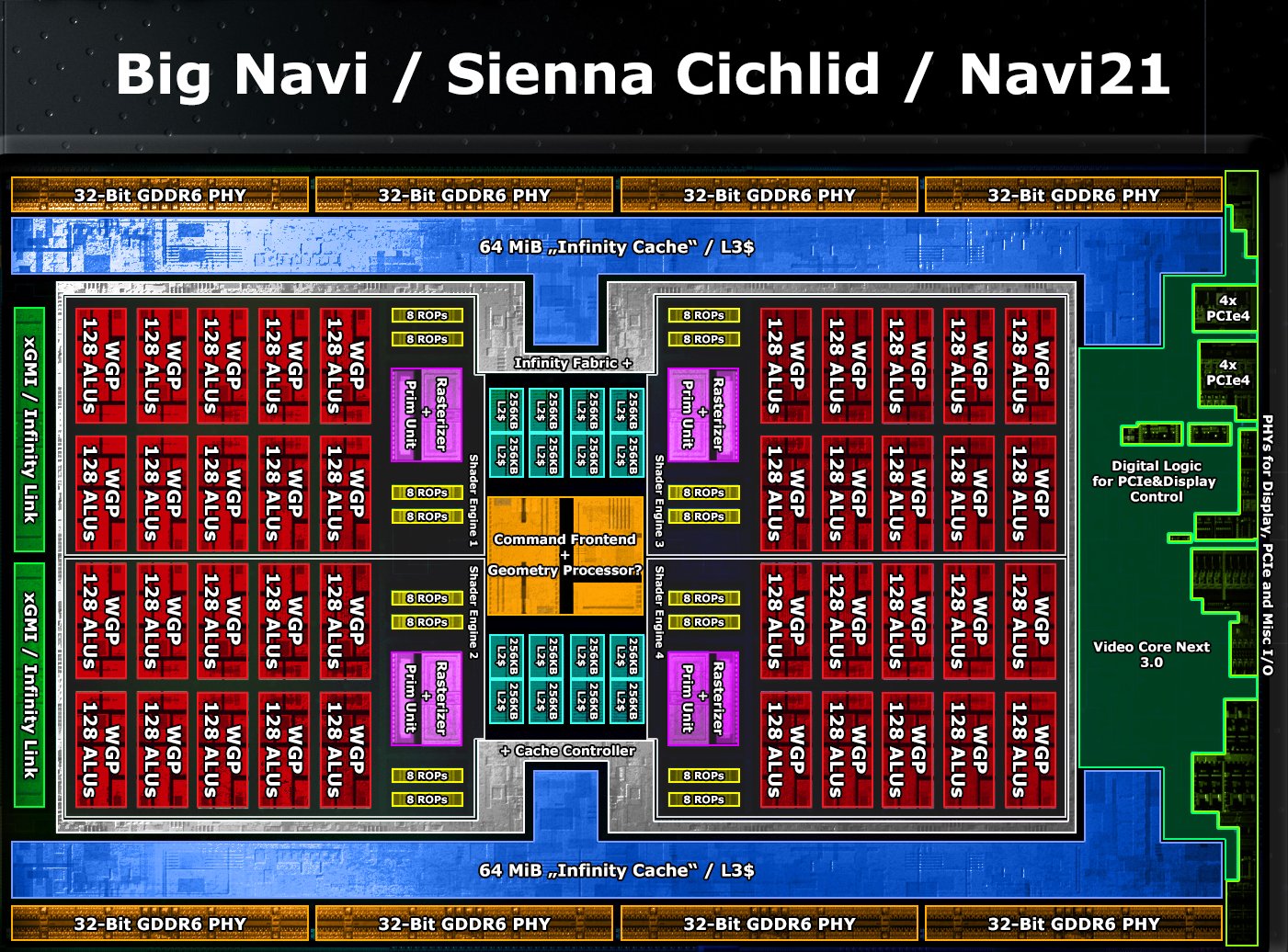The flash controller is on a different, smaller chip by the flash modules. I'm not sure if the photographer would consider it interesting, but maybe someone could request a picture.
Think it might be interesting anyway if just to see what specific DRAM they are using for the cache. Actually, would also be interesting if they or someone could provide a photograph for the Toshiba NAND devices and the SK Hynix one in Series X's SSD.
Clearer photos would make it easier to track down documentation for those...if there's any online (I tried doing this for the SK Hynix one but kept running into blank wholesaler pages and AliExpress entries for unrelated things).
Am I the only one noticing the "butterfly" design of PS5's GPU (like the PS4 Pro) compared with the more monolithic style of the SX ?
That seems like a carry-over of the PS4 Pro, which was also a butterfly design. Sony (well, more specifically Cerny) seems to like butterfly designs.
I dunno how well that will carry forward in the future, though, while maintaining hardware-based BC. Suppose costs for 3nm or some 2nm PS6 APU end up being very expensive. Then let's say they decide to make that a chiplet because they want to use one of those for some handheld-like device (they may have to do this for Japan and a few other regions). So scaling-wise they are locked at a 36 CU (40 CU), which will mean a wider GPU, also means more costs.
Interestingly Cerny mentioned a 48 CU theoretical design at Road to PS5 so I'm guessing they could technically maybe do 18 CU increments meaning they may not be absolutely married to a butterfly model. Which is probably for the best if they still want to maintain hardware BC while keeping APU costs manageable.
Last edited:


